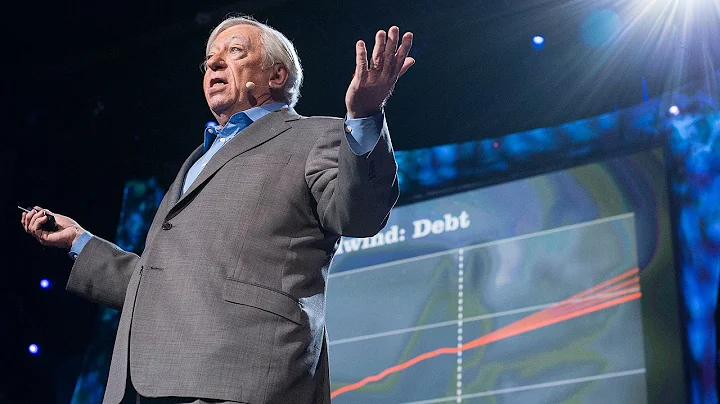Robert N Grothe
age ~80
from Sequim, WA
- Also known as:
-
- Robert Neal Gorthe
Robert Grothe Phones & Addresses
- Sequim, WA
- 16933 Gresham St, North Hills, CA 91343 • (818)8937831
- Northridge, CA
- Van Nuys, CA
- Los Angeles, CA
Resumes

Robert Grothe
view source
Robert Grothe
view sourceLocation:
United States
Us Patents
-
Method For Simultaneous Calibration Of Mass Spectra And Identification Of Peptides In Proteomic Analysis
view source -
US Patent:20080203284, Aug 28, 2008
-
Filed:May 31, 2006
-
Appl. No.:11/914588
-
Inventors:Robert A. Grothe Jr. - Los Angeles CA, US
-
Assignee:CEDARS-SINAI MEDICAL CENTER - Los Angeles CA
-
International Classification:G01D 18/00
B01D 59/44 -
US Classification:2502521, 250282, 250281
-
Abstract:The invention relates to a mass spectrometry calibration system that may be performed in real-time using the information contained within a sample without the addition of specific calibrants. When applied to a sample, such as a proteomic sample, the calibration system may identify the exact masses of peptides in the sample. The system involves the use of mathematical algorithms that iteratively estimate the error in the measurement and update the calibration parameters accordingly; thereby resulting in peptide mass identification.
-
Assigning Protein Functions By Comparative Genome Analysis Protein Phylogenetic Profiles
view source -
US Patent:6564151, May 13, 2003
-
Filed:Jan 28, 2000
-
Appl. No.:09/493498
-
Inventors:Matteo Pellegrini - Sherman Oaks CA
Edward M. Marcotte - Los Angeles CA
Michael J. Thompson - Santa Monica CA
David Eisenberg - Los Angeles CA
Robert Grothe - Santa Monica CA
Todd O. Yeates - Agoura Hills CA -
Assignee:The Regents of the University of California - Oakland CA
-
International Classification:G06F 1900
-
US Classification:702 19, 365 94
-
Abstract:A computational method system, and computer program are provided for inferring functional links from genome sequences. One method is based on the observation that some pairs of proteins Aâ and Bâ have homologs in another organism fused into a single protein chain AB. A trans-genome comparison of sequences can reveal these AB sequences, which are Rosetta Stone sequences because they decipher an interaction between Aâ and B. Another method compares the genomic sequence of two or more organisms to create a phylogenetic profile for each protein indicating its presence or absence across all the genomes. The profile provides information regarding functional links between different families of proteins. In yet another method a combination of the above two methods is used to predict functional links.
Myspace
Googleplus

Robert Grothe
Work:
TCM web/internet services - Project Manager (1995)
Northwest Solar Group - Senior Webmanagerr (2010)
Northwest Solar Group - Senior Webmanagerr (2010)
Mylife

Robert Grothe Albuquerqu...
view sourceReconnect with Robert Grothe of Albuquerque. Use MyLife's advanced people search tool to find old friends and colleagues online.

Robert Grothe Mountain V...
view sourceReconnect with Robert Grothe of Mountain View. Use MyLife's advanced people search tool to find old friends and colleagues online.
Youtube
Classmates

Robert Grothe
view sourceSchools:
Badger Elementary School Badger MN 1956-1958
Community:
Amber Pearson, Terry Grothe, Zach Tillberg, Lyle Ingvalson, Allen Christensen

Robert Grothe
view sourceSchools:
St. Peter's High School St. Charles MO 1943-1947
Community:
Charles Boschert, Ellsworth Earl, Norman Klotz, Roger Krull, Joseph Derosa, Helen Stein, Donald Graveman, Carl Schaffrin, Mary Linhoff, Kenneth Iffrig, Joseph Ernst

St. Peter's High School, ...
view sourceGraduates:
Marleen Boschert (1950-1954),
Kara Reese (1986-1991),
Robert Grothe (1943-1947)
Kara Reese (1986-1991),
Robert Grothe (1943-1947)

Robert Grothe
view source
Robert Grothe
view source
Robert Grothe
view source
Robert Grothe
view source
Robert Grothe
view source
Robert Ben Grothe
view source
Robert Grothe
view sourceGet Report for Robert N Grothe from Sequim, WA, age ~80





